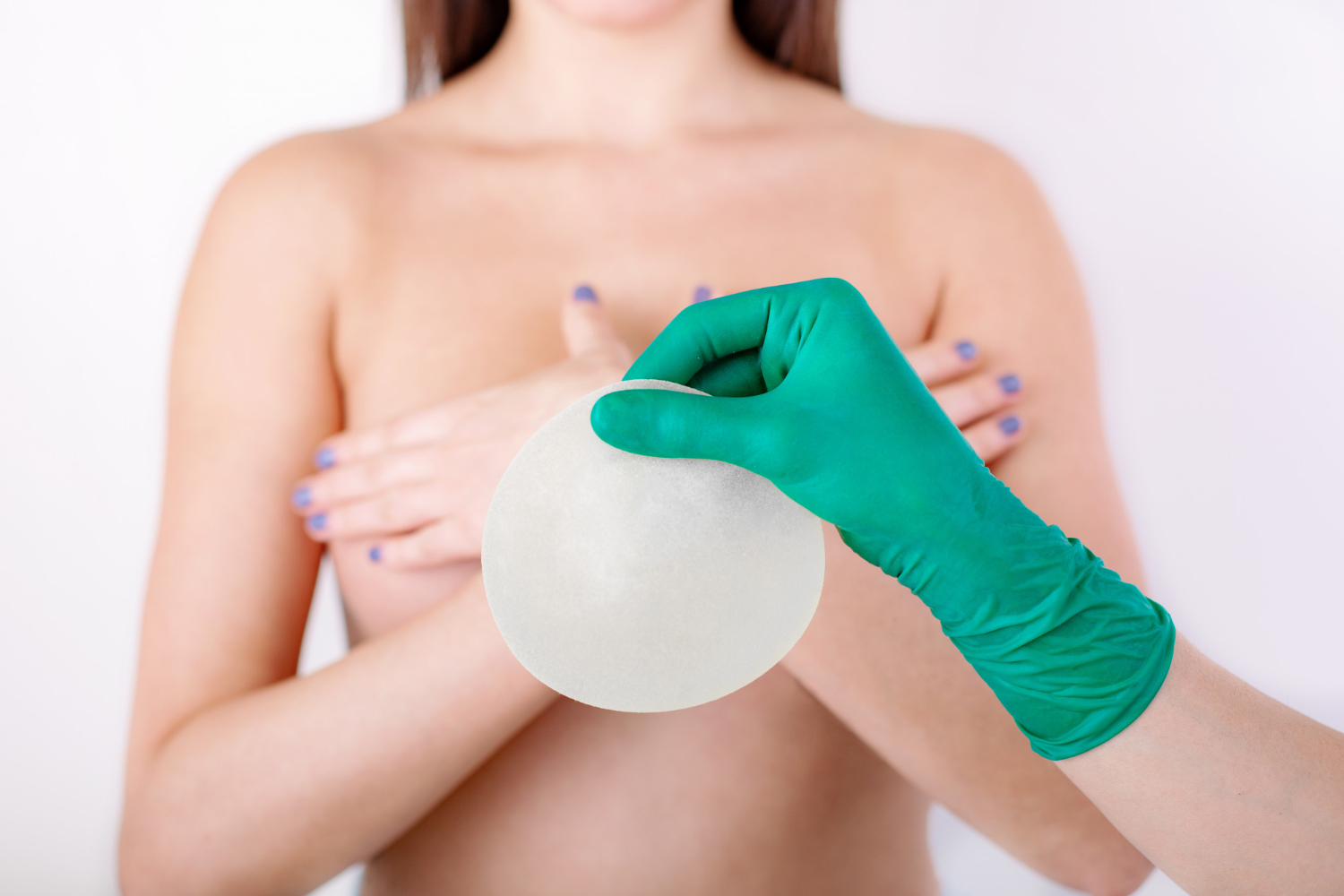Breast augmentation is one of the most popular cosmetic procedures worldwide and rightfully holds the top spot. It is an advanced surgical procedure that significantly enhances the breasts, offering a natural, harmonious, and attractive appearance. Breast augmentation involves the surgical placement of silicone implants, selected carefully based on precise measurements to achieve a perfectly natural and balanced result. However, as with any medical procedure, even the most successful operation carries the risk of complications. One of the most important and well-known is silicone implant rupture, which, although rare, can cause symptoms affecting both aesthetics and a woman’s health.
Why Breast Augmentation Is So Popular
Cosmetic breast augmentation is the number one choice for many women dissatisfied with their breast size. Modern silicone implants are designed to mimic the natural texture and mobility of the breast tissue. The appropriate type, shape, and size of implant are chosen in collaboration with the plastic surgeon, aiming for an individualized and harmonious outcome. Despite the high satisfaction rate among women, the possibility of complications such as silicone implant rupture remains a reality that requires awareness and proper information.
What Is a Silicone Implant Rupture and What Symptoms Does It Cause?
A silicone implant rupture is a mechanical failure of the implant shell, resulting in leakage of cohesive silicone gel. This rupture may be visible and symptomatic or silent and asymptomatic. In the first case, changes in breast shape, swelling, pain, or discomfort may occur, while in the second case, the gel remains inside the capsule, with no obvious external signs.
Rupture is not linked to breast cancer, nor has it been proven to be associated with autoimmune diseases such as rheumatoid arthritis. However, the presence of silicone outside the implant may cause an inflammatory reaction and the formation of fibrous capsule tissue, which can compromise both breast health and aesthetics.
The symptoms of silicone implant rupture vary depending on the type of rupture and the tissue response. The most common include:
Pain in the breast
Discomfort or a feeling of pressure
Swelling and changes in breast contour
Changes in texture or hardness (capsular contracture)
Breast shape deformity
Rarely, wrinkling or rippling
In cases of silent rupture, there are no obvious symptoms, and diagnosis is usually made through imaging tests, such as breast MRI or ultrasound.
Diagnosis and Treatment
If there are signs of rupture, the first and most important step is to visit a plastic surgeon. Diagnosis is confirmed with MRI, which provides a clear view of the implant’s condition. If rupture is confirmed, there are two main options:
Replacement of the implants with new, modern technology implants combined with capsule removal.
Complete removal of the implants without replacement, if the patient prefers, possibly combined with a breast lift to improve the aesthetic result.
When Should Silicone Implants Be Replaced?
A. Necessary Replacement:
Implant rupture (with or without symptoms)
Capsular contracture
Deformation or displacement (e.g., bottoming out, waterfall deformity)
Aesthetic alterations (e.g., rippling)
B. Recommended Replacement:
Implant age (over 20 years)
Lower-quality or older-generation implants
Age of the patient (e.g., women over 60)
Desire to change size, shape, or type of implant
The Importance of Choosing High-Quality Implants to Prevent Silicone Implant Rupture and Unpleasant Symptoms
Preventing silicone implant rupture begins with choosing the right implants. Modern manufacturers offer implants with highly cohesive gel and advanced shells, drastically reducing the risk of mechanical failure. Some even provide lifetime warranties, strengthening women’s confidence in the long-term safety of their results.
Next-generation implants have been tested extensively for durability and can remain in excellent condition for more than two decades, provided there are no external factors or bodily changes. Working with a certified and experienced plastic surgeon is also crucial for avoiding complications.
Breast Augmentation at ABH Medical Group
At ABH Medical Group, preventing complications such as silicone implant rupture is a cornerstone of our philosophy. Under the guidance of renowned plastic surgeon Dr. Athanasiou, the team applies individualized assessment and 3D imaging techniques for detailed planning, using only high-quality, cutting-edge implants. Placement is performed with great care to the anatomical position, proper capsule creation, and the use of advanced equipment.
In postoperative visits, ultrasound or MRI scans are performed regularly so that silicone implant rupture symptoms can be detected early, before causing visible or significant changes to the breast. The quality guarantee of implants through partnerships with leading manufacturers ensures long-term durability and safety.
In Conclusion
Silicone implant rupture and its possible symptoms require attention and vigilance. Although in most cases no obvious symptoms occur, the potential for complications or aesthetic changes makes systematic follow-up and regular imaging tests necessary, especially after 10–15 years of implant placement.
Proper information, choosing high-quality implants, correct placement techniques, and prompt management of any complications are the “keys” to long-term success in breast augmentation — without unpleasant surprises.





